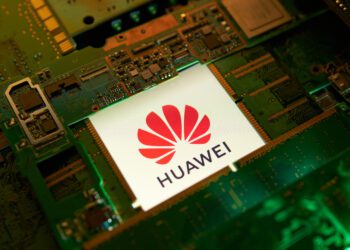Aerospace and defense companies face tough competition when recruiting talent. How can they reinvigorate the pipeline? McKinsey investigates.
It has been nearly six decades since NASA’s Apollo missions firmly embedded space exploration into the national consciousness and made the aerospace and defense (A&D) industry a favored destination for the US’s top talent. Missions to reach the stars continue to excite national and international interest, but the headlines announce the achievements of industry start-ups, rather than government agencies and incumbent organizations.
The new entrants in the A&D industry have a favorable reputation for accelerating progress, but they also create challenges for incumbent players as they seek to attract and retain the best digital and analytics talent. Further, almost every other industry and sector is recruiting for digitally focused roles. Too often, however, A&D organizations’ talent strategies and HR capabilities have not kept pace with their needs and the realities of the current market. To gain a better understanding of talent challenges and identify opportunities to reinvigorate traditional A&D recruitment, we investigated four questions:
- What are the trends impacting talent needs in A&D?
- What are the headwinds facing A&D companies in the war for talent?
- How are A&D companies’ talent strategies working to address talent needs?
- What can be done to attract and retain the right talent in A&D in the future?
Industry trends changing the face of A&D
We have identified several recent developments that are transforming A&D:
- The need for increased tech capability as automation grows. Governments and commercial customers now require increasingly technical solutions as trends like cybersecurity, automation, digitization, the Internet of Things, and artificial intelligence increase in importance. An examination of the growth in demand for certain types of skills in the coming years reinforces the talent challenge for A&D companies.
- Increased competition for digital talent. From biotechnology to retail, organizations’ use of data is increasingly requiring a more digitally capable workforce with skills such as those of data scientists. The toughest competitors for A&D companies in the race to recruit digital talent are advanced electronics and technology companies.
- The impact of COVID-19 on workforce and talent. The pandemic has required remote work to fulfill stay-at-home and physical-distancing requirements. While challenging, this requirement has demonstrated that more roles than previously thought possible can be completed remotely. A&D companies have also responded to the pandemic by shifting to new arrangements, including remote working, to support employees’ health and safety. Additionally, companies are actively reskilling the existing workforce and reprioritizing the types of roles for which they are hiring.
Headwinds affecting talent in A&D
While A&D is benefiting from many positive trends, several headwinds could make it difficult to attract the right talent. For instance, today’s engineers typically want to own a program from start to finish, so they can see the outcome and impact of their design. However, A&D companies may instead require employees to focus on a single workstream of a larger program. In addition, potential employees often perceive A&D companies as bureaucratic and slow.
Another problem is that A&D’s reputation for innovation has weakened. In response, A&D executives should communicate their value proposition, as well as the excitement and importance of their company’s current work. This might especially appeal to millennial and Generation Z candidates.
Finally, there is a perception that A&D companies cannot offer salaries that compete with those offered by new space and software companies in Silicon Valley. While this perception may hurt recruitment, it is important to note that A&D employees are more positive about their total compensation, benefits, and work—life balance than workers in new space and software companies.
Download the full report here.
By Georgios Athanasakopoulos, Patrick Forrester, Varun Marya, and Brooke Weddle












